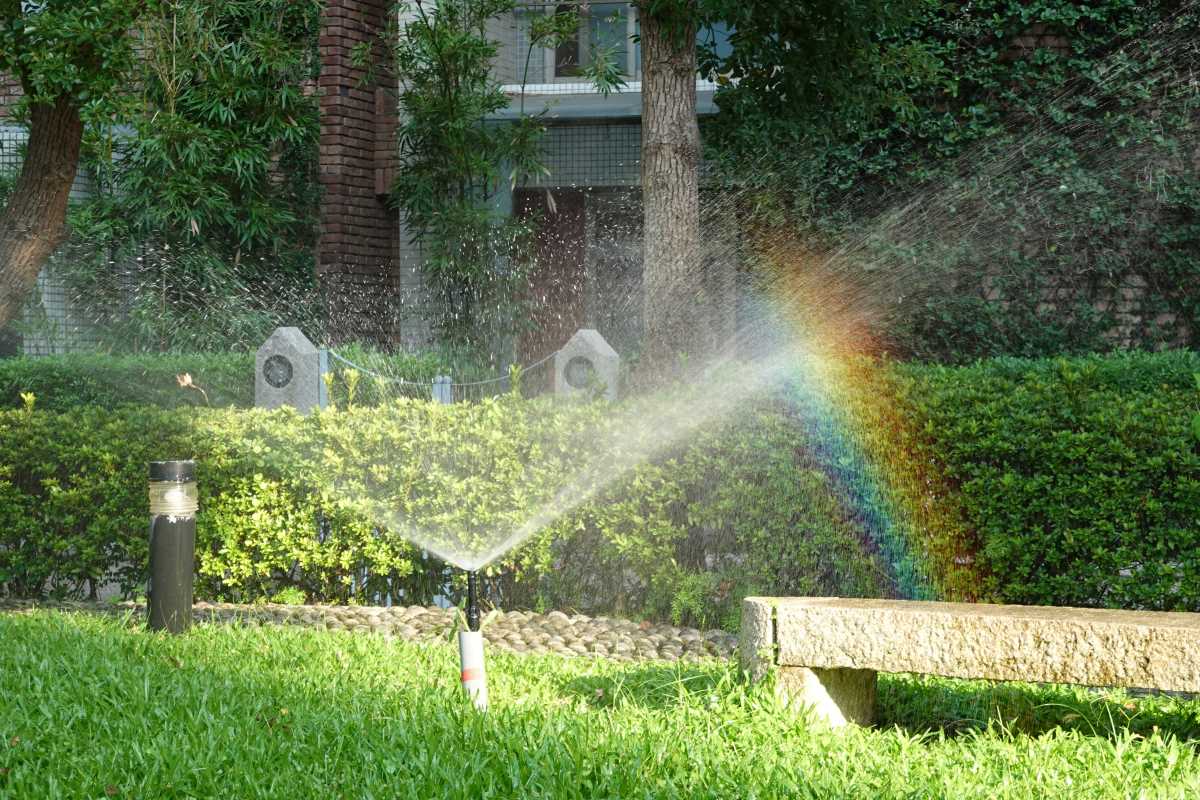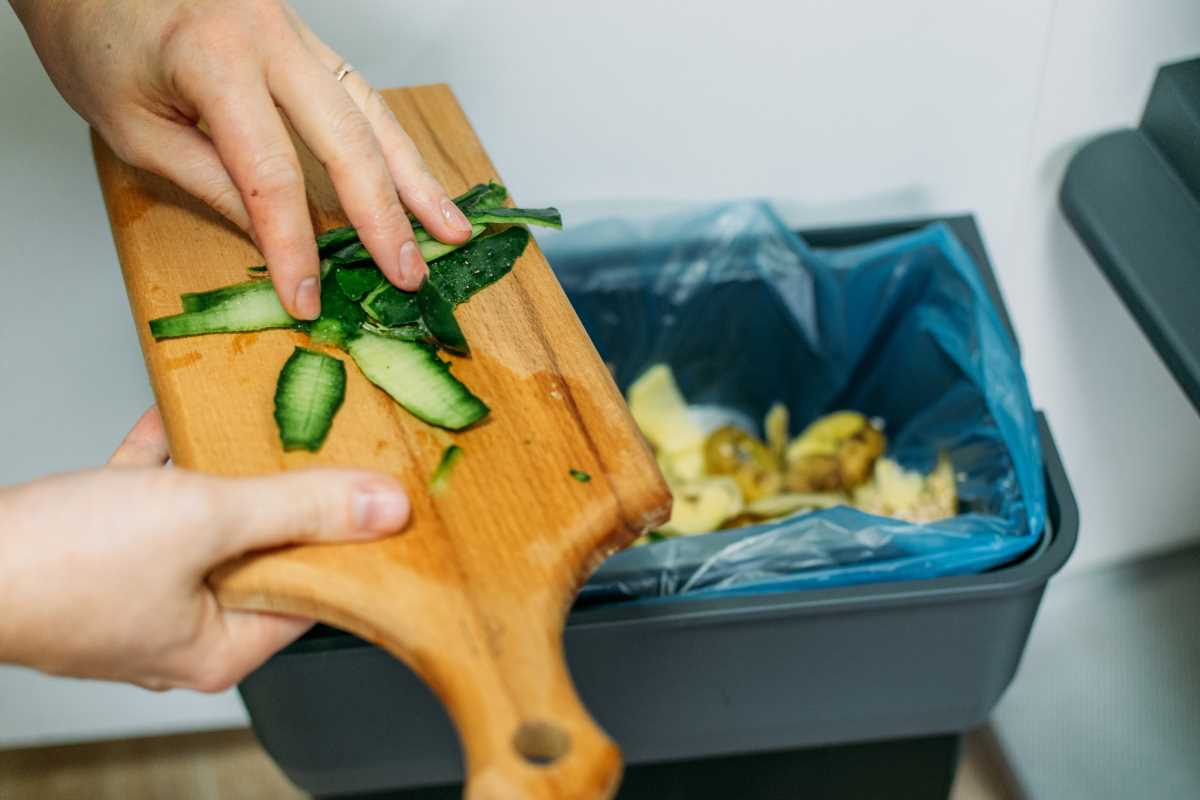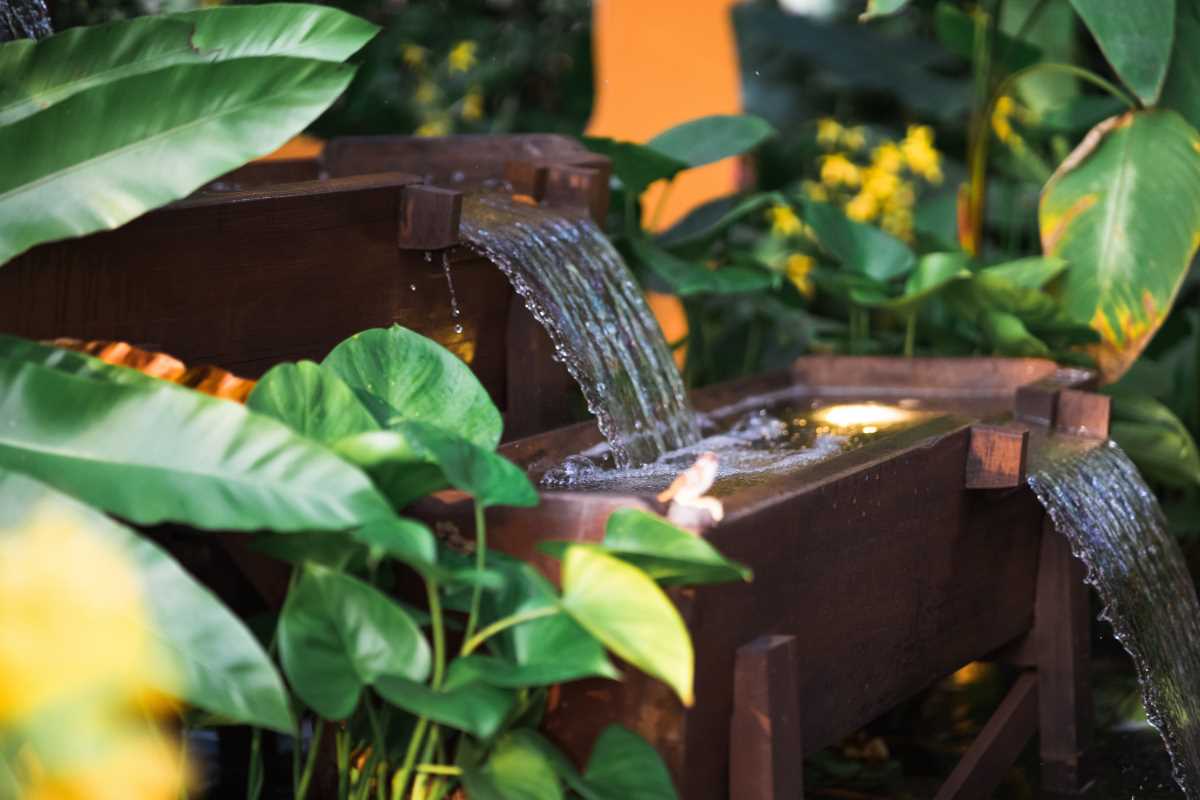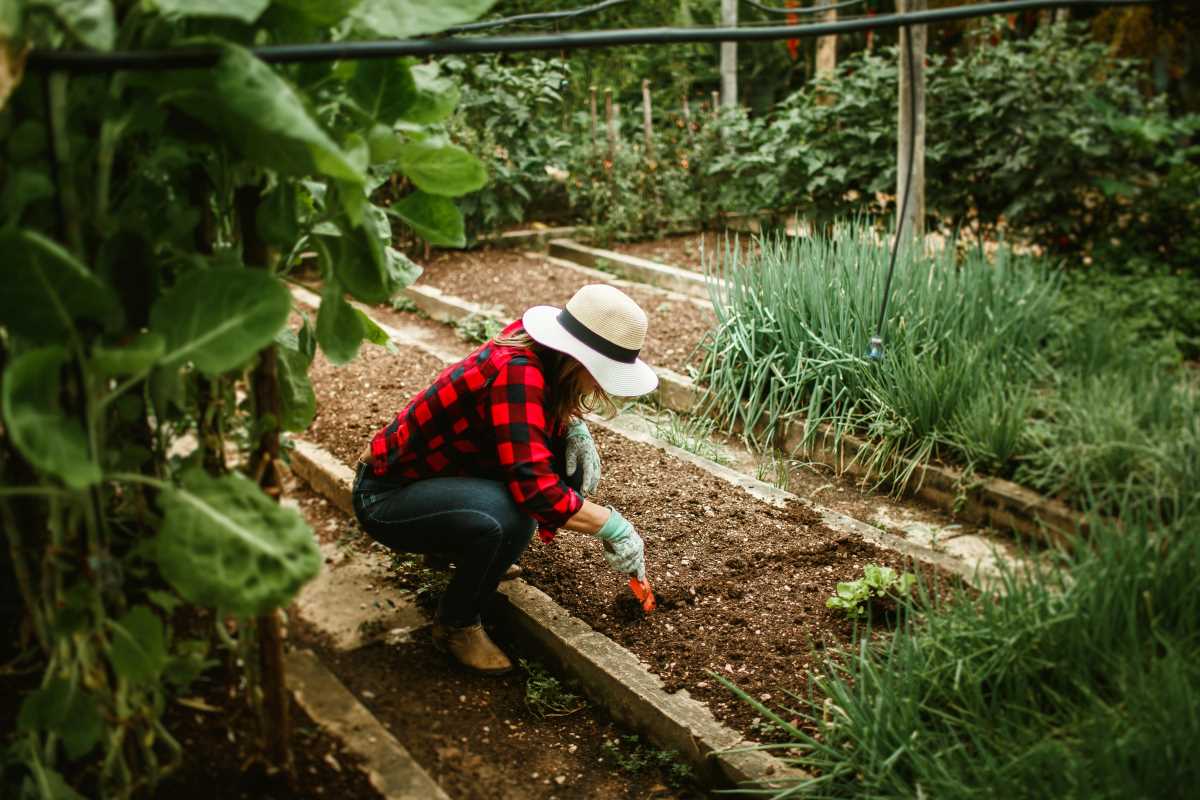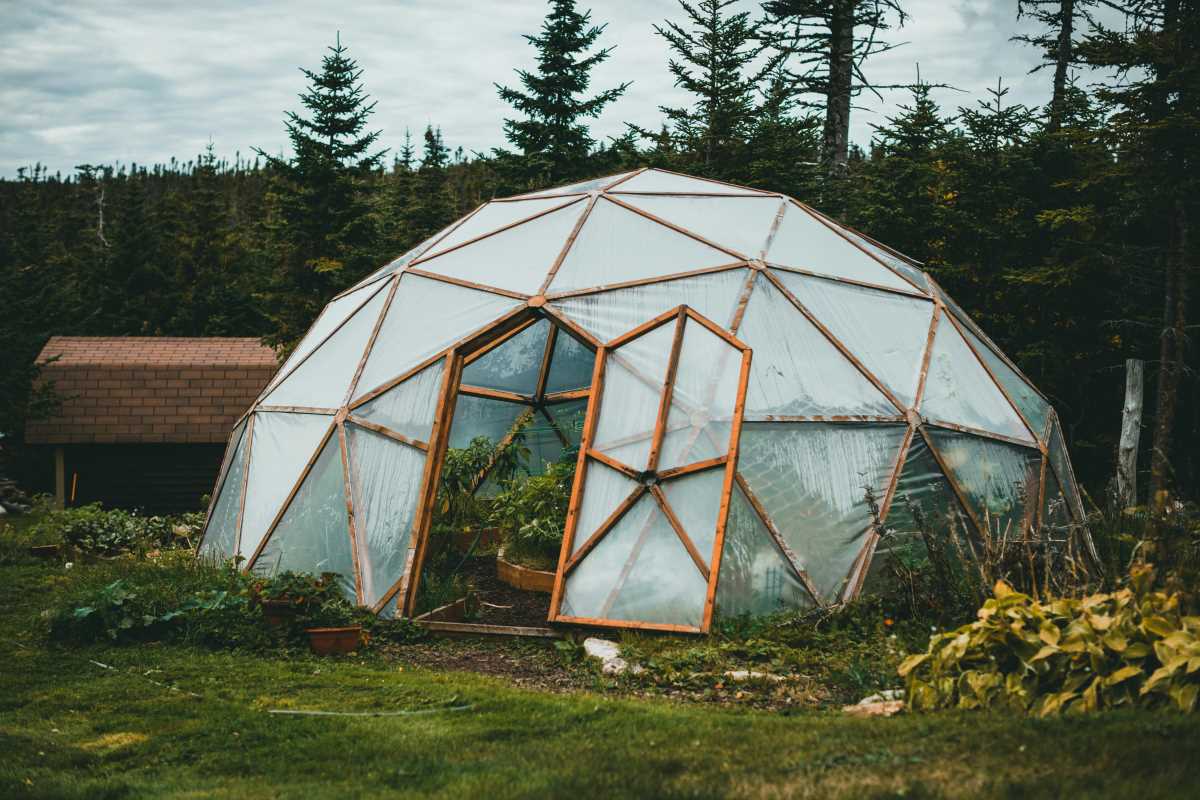Consistent garden maintenance transforms your outdoor area into a lively and inviting haven. By incorporating monthly checklists into your routine, you streamline the upkeep process, ensuring that every corner of your garden receives the necessary care and attention it deserves. These well-organized, step-by-step guides break down tasks into manageable pieces, making the work feel easier and more approachable. As you follow these plans, you'll likely witness impressive changes in both the growth and vibrancy of your plants, leading to a more colorful and thriving garden. Embracing this approach allows you to enjoy the full potential of your outdoor oasis.
Planning ahead each month allows you to customize your routine based on seasonal needs. A little preparation goes a long way, and careful attention to details ensures that your garden remains a welcoming retreat all year long.
Tools and Supplies for Year-Round Success
Before diving into the month-by-month tasks, gather your basic tools and supplies. Setting up a dedicated space for all your gardening equipment helps keep your work efficient and enjoyable. Investing in quality tools improves performance and keeps your garden well-maintained.
Consider assembling the following items to get things rolling:
- Hand trowel for small planting jobs
- Pruning shears for trimming branches and dead growth
- Gloves to protect your hands and improve grip
- Watering can or hose with an adjustable spray nozzle
- Rake and broom to manage fallen leaves and debris
- Soil tester to check nutrient levels
January–March: Early Planning and Preparation
This period sets the stage for a fruitful growing season. Cold weather and shorter days give you the perfect chance to plan your garden layout, order seeds, and prepare your soil. Preparing early reduces last-minute rushes when spring fully arrives.
Use the quiet winter months to focus on ideas and design. Follow these steps to guide your early planning:
- Survey your outdoor space to determine which areas get plenty of sunlight and which are more shaded.
- Create a rough sketch of your garden layout, placing taller plants where they won’t block the light from smaller ones.
- Order seasonal seeds and check the quality of the soil by considering a pH test.
- Clean and repair garden tools so everything is ready for planting season.
- Plan a budget for any additional supplies or enhancements you might need throughout the year.
April–June: Planting, Feeding, and Pest Management
As the weather warms and daylight extends, gardens burst into action. During this period, plant new beds, refresh existing plantings, and carefully monitor pest issues that can damage young growth. Maintain a consistent feeding schedule to help plants absorb enough nutrients during their critical growing stage.
This time of year invites creativity in mixing colors and textures. When planting new flowers or vegetables, pay close attention to proper spacing and soil depth.
July–September: Watering, Weeding, and Summer Upkeep
Summer brings heat and energy into the garden, but it also creates challenges like water loss and invasive weeds. During this period, focus on keeping your garden well-watered, removing any unwanted plants, and ensuring that each plant has enough space to shine. Regular checks during these months help prevent minor issues from snowballing into major problems.
Watch for signs of water stress such as wilting leaves or drying soil. Refresh mulch periodically to retain moisture and discourage weed growth. Simple tasks like these ensure that your garden remains a colorful and healthy space even during the more demanding summer season.
October–December: Preparing for Dormancy and Winterizing Your Garden
As temperatures drop, your garden begins to slow down, and you need to prepare for dormancy. This season calls for a shift in focus to protecting plants from frost and organizing garden debris. Getting your garden winter-ready also helps prevent diseases and sets the stage for the next growing season.
The following checklist can guide you through essential winterizing tasks:
- Remove spent plants and trim back perennials that have finished their cycle.
- Apply a fresh layer of mulch to insulate plant roots from the cold.
- Cover delicate shrubs with burlap or frost cloth for extra protection.
- Store your garden tools in a dry place and sharpen blades for next year.
- Plan indoor gardening projects or start seedlings in a well-lit area if you have space.
Follow monthly tasks to make garden care enjoyable and see improvements in your plants. Adjust your routine with the seasons to keep your garden fresh year-round.
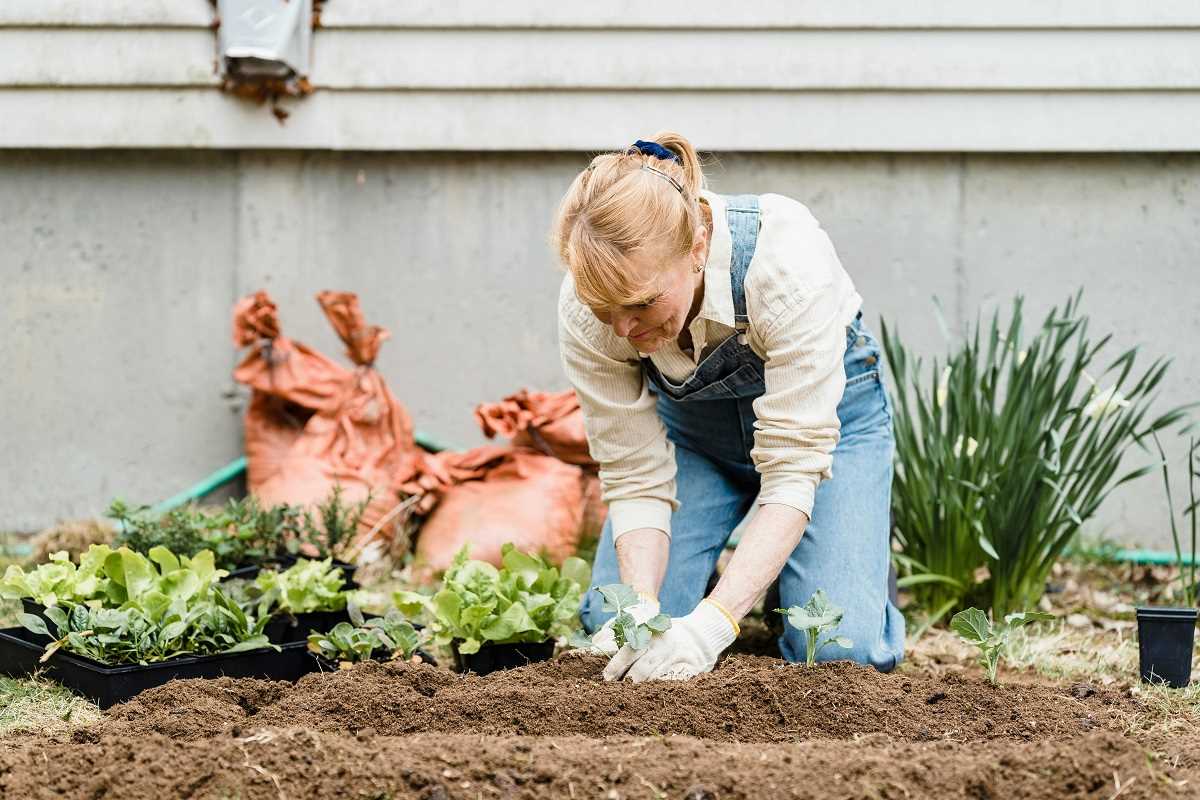 (Image via
(Image via